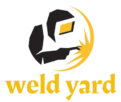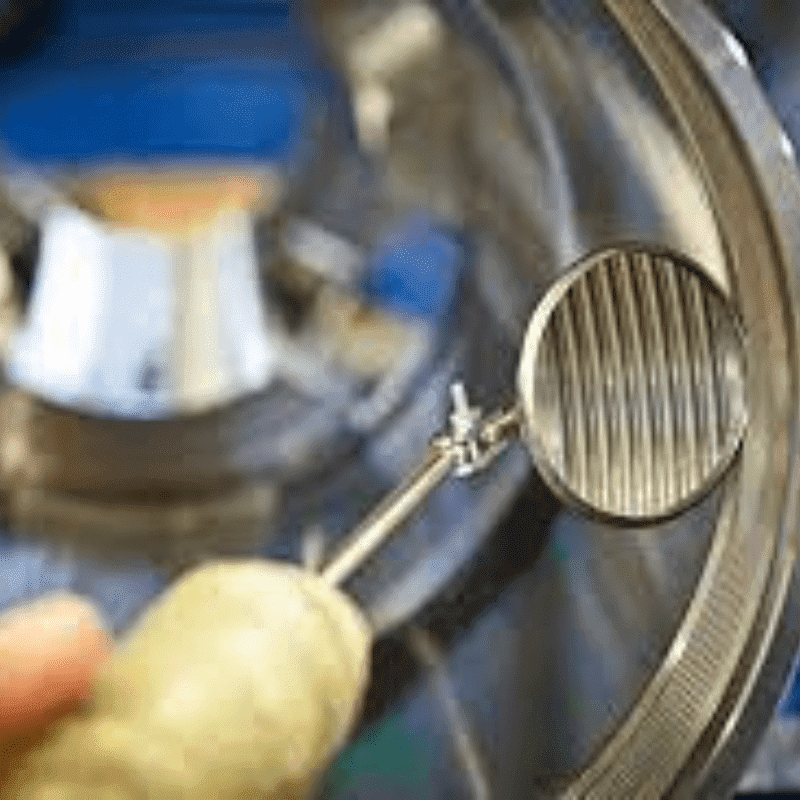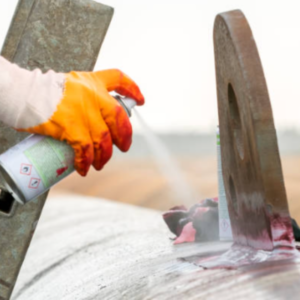Visual examination of weld joint is an important activity, carried out to check the integrity and soundness of the weldment. It is an economical activity, as it doesn’t require any costly equipment. It must be carried out by a well experienced inspector. Main responsibilities of a welding inspector are:
- Code compliance
- Workmanship control
- Documentation Control
The requirements of visual examination are:
- Illumination should be at least 350 Lux (minimum) but it is recommended to carry out visual inspection at an illumination of more than 500 Lux.
- The inspectors eye should be within the radii of 600 mm of the surface of item being inspected and the viewing angle must not be less than 30 degrees.
Other aids which may be required during visual examination are:
- Welding gauges
- Weld gap gauges
- Linear misalignment gauges (Hi-Low)
- Magnifying glass (X2 to X5)
- Mirrored boroscope or fibre optic viewing system (when access is restricted).
Visual inspection can be done at three stages;
- Before welding,
- During welding and
- After welding
Before Welding: The inspector shall be familiarized with the applicable codes and standards/drawings/welding procedures (WPS and PQR). Welder qualification shall be carried out before production welding. The inspector shall confirm the material and review the MTC. Welding consumables shall also be inspected before welding. Joint preparation and alignment shall also to be checked prior to welding. After confirmation of all the parameters (as mentioned above), the welding inspector can permit the welder to start the production welding. If preheat is applicable, then the preheat temperature shall be confirmed before starting the weld.
During Welding: The inspector shall check the welding process and welding parameters with respect to the welding procedure specification (WPS) at any time during welding. Root run and root run dressing, interpass temperature shall be witnessed by the inspector. The welding consumables shall also be checked during welding.
After welding: After complete welding, identification number is punched near joint. Complete visual inspection is done and any surface breaking or defect shall be repaired as per approved procedure. Following defects (or discontinuity) can be revealed by visual inspection:
- Crack
- Underfill
- Undercut
- Surface porosity
- Overlap
- Lack of side wall fusion
- Arc strike
- Spatters
- Excessive Penetration
- Unacceptable weld profiles
A dimensional survey shall be done to ensure the dimension of the part after welding. After satisfactory completion of welding proper documentation is prepared.
If a Post weld treatment is specified in WPS, Then the operation should be monitored and documented. Following parameters to be considered when Post weld heat treatment is required,
- Area to be heated
- Heating and cooling rates
- Holding temperature and duration
- Temperature distribution













المراجعات
لا توجد مراجعات بعد.